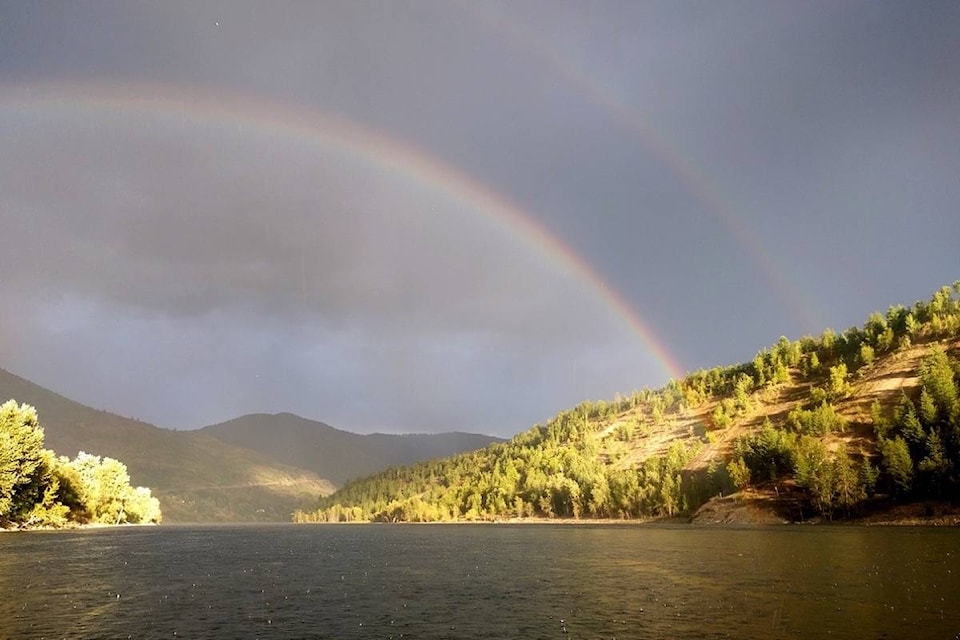Temperatures in June were bang on for what is typical the sixth month of the year.
“After an unseasonably warm month of May, the majority of June seemed unusually cool,” Castlegar forecaster Ron Lakeman noted in his month-end summary.
But is wasn’t colder than normal because the average temperature of 16.8 C was, in fact, the exact average June temperature noted historically.
All in all, June was pretty ho-hum as far as weather.
The hottest day of 33 C on June 20 didn’t near the record high of 39.7 C from June 27 four years ago. And the coolest day of 2.3 C on June 12 set a new minimum for that date, but it didn’t break the record low of 1.6 C set June 11, 2008.
Even with predominantly unsettled conditions, precipitation was about 70 per cent of the norm.
June typically has about 72 mm (millimetres) of rain, but last month there was only 51 mm of precipitation.
“A broad upper trough of low pressure prevailed during the majority of the month,” Lakeman explained, noting 16 days of measurable rain. “The most significant rainfall of 21.6 mm was due to a Pacific frontal system and its bands of showers and thundershowers which began the mid-afternoon of June 9 and continued through the night of the 10th.”
A high pressure build over southern B.C. in the third week, led to the warmest days on June 19, June 20 and June 24.
With West Kootenay temperatures primarily falling well within normal, fireworks were a go on Canada Day.
That changes at noon on Friday, when local fire prohibitions ramp up.
The Southeast Fire Centre has banned Category 2 open burns which includes fireworks, firecrackers, sky lanterns and binary exploding targets as well as burn barrels or burn cages of any size.
This prohibition applies to all public and private land.
Still allowed are campfires no larger than 0.5 metres wide by 0.5 metres high, as are cooking stoves that use gas, propane or briquettes.
To date, 41 wildfires have burned 97 hectares in the southeast district. All of those are out, except for one in the the Jack Creek area listed as “under control” and another in Nelse Creek noted as “being held”.
Anyone found in contravention of an open burning prohibition may be issued a ticket for $1,150, required to pay an administrative penalty of $10,000 or, if convicted in court, fined up to $100,000 and/or sentenced to one year in jail.
If the contravention causes or contributes to a wildfire, the person responsible may be ordered to pay all firefighting and associated costs.
The Southeast Fire Centre extends from the U.S. border in the south to Mica Dam in the north, and from the Okanagan Highlands and Monashee Mountains in the west to the B.C.-Alberta border in the east.
Report a wildfire, unattended campfire or open burning violation by calling 1 800 663-5555 toll-free or *5555 on a cellphone. For the latest information on current wildfire activity, burning restrictions, road closures and air quality advisories, go to: BC Wildfire.
